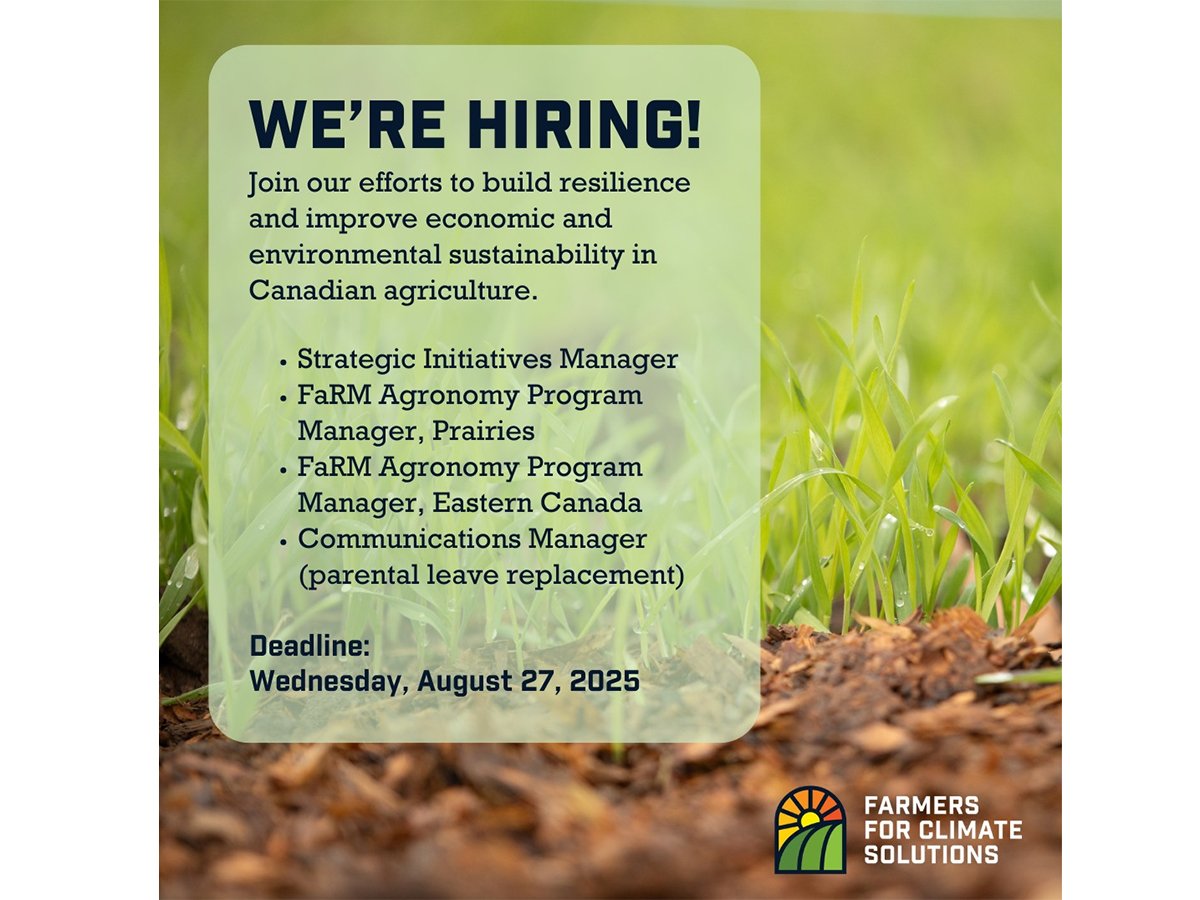Alberta’s new rent framework will hinge on cost of production survey and will take into account cattle price fluctuations
LETHBRIDGE — No changes to rental rates on Alberta crown grazing leases are expected until next year.
A cost of production survey is going out to 1,500 leaseholders to see what changes may be necessary before Alberta Environment and Parks can present a new rent framework.
“They’ll compile all the data and see if there is any changes in costs and to see whether it still makes sense to head in the direction we want with the rental rate framework,” said Larry Sears, past president of the Alberta Grazing Leaseholders Association.
Read Also

Environmental farm group has Ottawa’s attention
In 2021, Farmers for Climate Solutions published a report on how Canada should reduce emissions from agriculture. Not long after, the federal government implemented most of the recommendations in the report.
A review has not been done for 10 years, and costs have changed in that time. Leaseholders are responsible for costs such as water development and fencing and must pay the municipal property taxes.
“Fence costs have more than doubled in that 10 year period,” he said. “Custom work to develop water has also increased substantially. Those sorts of things need to be factored in.”
Leaseholders in northern regions must also deal with brush and have different expenses.
A rental rates proposal on crown land has been on the books since 2014 with participation from Alberta Beef Producers, the Western Stock Growers Association, the Alberta Grazing Leaseholders Association, the Northern Alberta Grazing Association and the Special Areas in southeastern Alberta.
Rental rates are included in amendments to the public lands act regulations, so changes could take some time, said Amanda Miller from the environment and parks department, which handles rangeland policy.
“This partially hinges on the new cost of production survey we are doing, and it will likely be integrated into the new rates formula we are proposing,” she told the Alberta Grazing Leaseholders Association annual meeting in Lethbridge Feb. 25. There will be further consultation after that study is completed.
“We know what we are trying to manage for on these grazing leases on public lands. It is just putting pen to paper and outlining them,” she said.
The latest proposal divides the province into two zones based on where the land transitions to the boreal forest region.
Minimum rental rates are different and reflect the higher capital costs that are needed in Zone 2.
Zone 1, which is the southern zone, will likely pay $2.30 per animal unit month, and Zone 2 will be set at a minimum of $1.30 per animal unit month.
Assignment fees will be a flat rate. It will be a market based administrative formula similar to what pulp, deciduous timber and conventional oil and gas pay.
The rent will also take into account current market conditions so that charges can be adjusted when cattle prices rise and fall.















